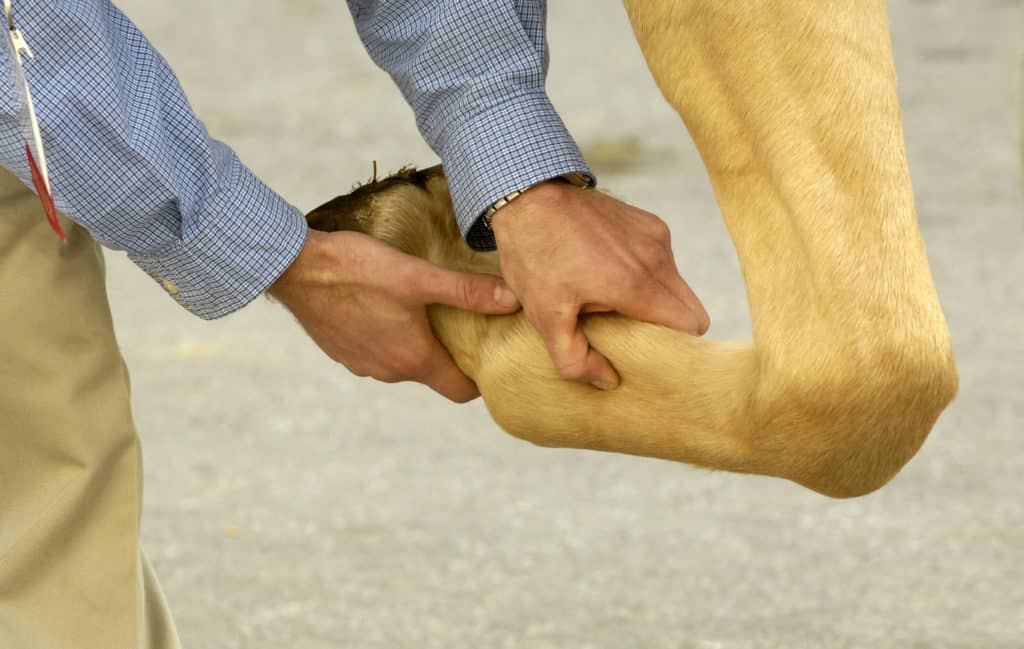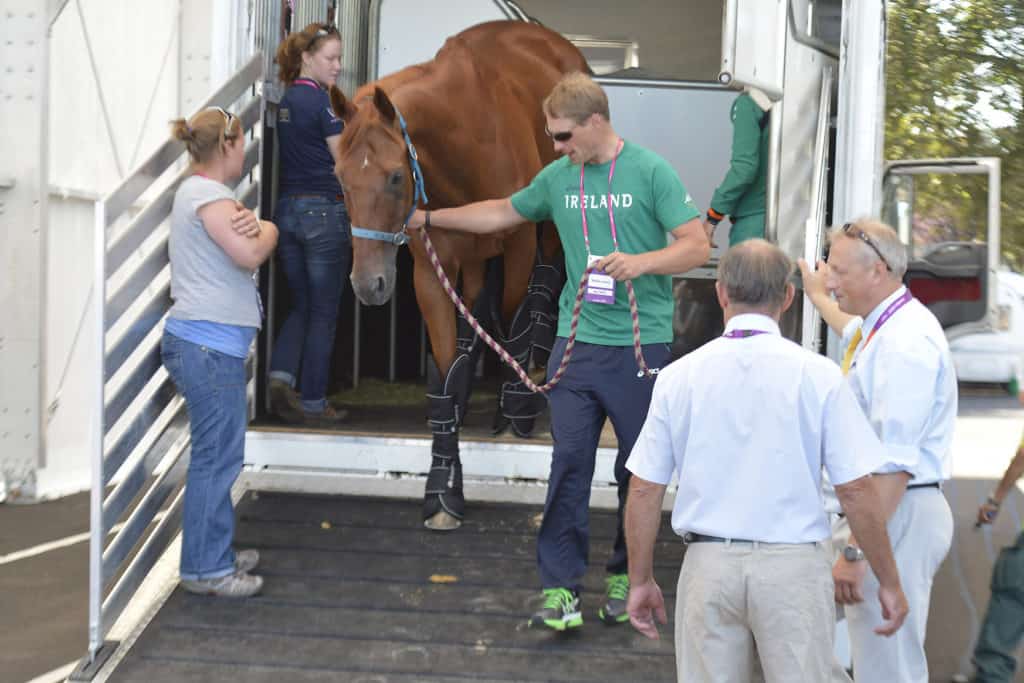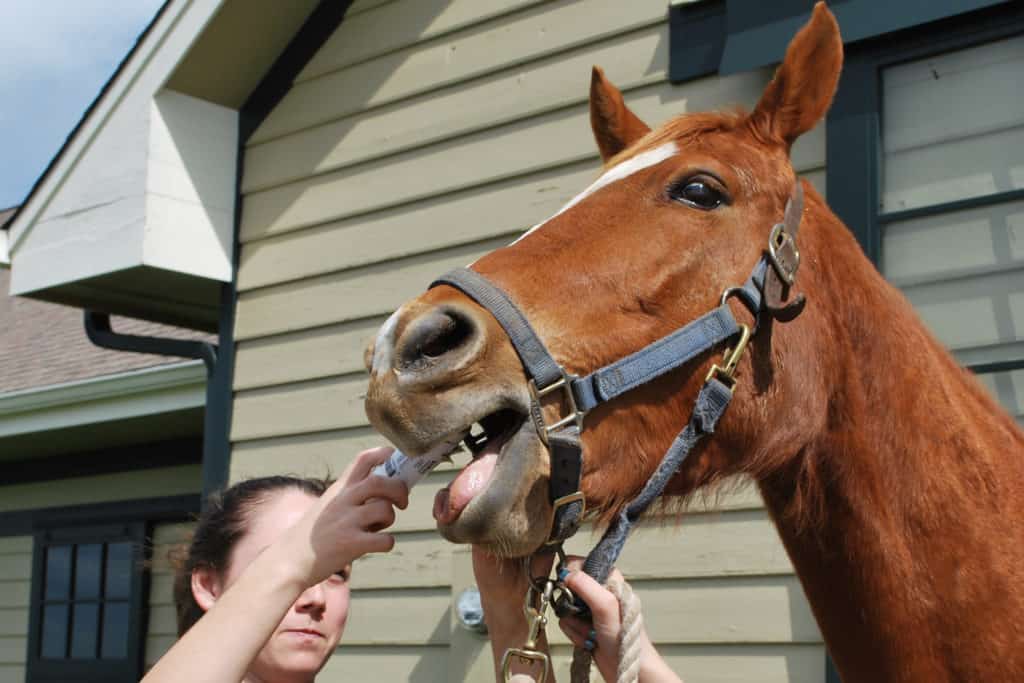
Back Pain in Horses
Learn how your horse’s back works and causes of and treatments for equine back pain, with biomechanics researcher Dr. Hilary Clayton of Michigan State University.

Learn how your horse’s back works and causes of and treatments for equine back pain, with biomechanics researcher Dr. Hilary Clayton of Michigan State University.

Learn about equine metabolic syndrome and its relationship to laminitis, recognizing and managing at-risk horses to prevent laminitis, and more with Dr. Raymond Geor of Michigan State University.

Dr. Stephen White of the University of California, Davis, discusses common skin problems in horses resulting from bacterial/fungal infections, such as pyoderma, vasculitis, and Staphylococcus infections. Treatments are also covered.

Dr. Paul Morley discusses infectious diseases and biosecurity as they relate to both animals and people.

Discussion of threats to U.S. agrosecurity (security of agriculture industries) and ways we can protect ourselves and our horses from intentional and unintentional threats.

Dr. Donald Schlafer of Cornell University discusses the equine fetus and placenta.

Dr. Duncan Peters of the Hagyard Equine Medical Institute discusses regenerative therapies (such as stem cell therapy and platelet-rich plasma) for healing injuries common to sport horses.

Lawsonia intracellularis bacteria can cause intestinal disease in horses, pigs, and other species worldwide. The syndrome in horses is often called equine proliferative enteropathy, or EPE.

Dr. Kevin Haussler discusses horse back problems and the use of chiropractic and complementary therapies.

Dr. Scott Hopper talks about the truths and myths surrounding stem cell use in horses.

Dr. Alan Ruggles of Rood & Riddle Equine Hospital discusses some of the advances in management of septic orthopedic disorders in foals.

Dr. Ernie Bailey explains how advances in equine genetics have benefited veterinary medicine.

Dr. Jack Easley discusses equine dental anatomy and the importance of routine dental care.

The risk of global dissemination of equine diseases has increased with the growth in international trade and competition. Specific diseases have been introduced or re-introduced into countries through the importation of equids/semen. Such incursions can have a very significant economic impact on the industries involved.

This hour-long video presentation features advice on identifying and managing resistant parasites.

This hour-long video features the most up-to-date information on managing anthelmintic-resistant ascarids, how to recognize the problem, what to do if you have resistant ascarids on your farm, and how to avoid developing resistant parasites.
Stay on top of the most recent Horse Health news with
"*" indicates required fields